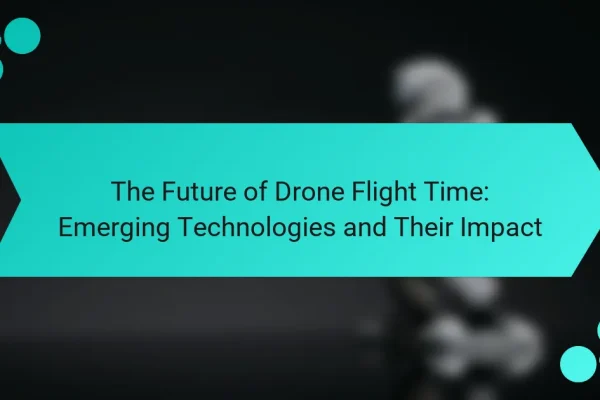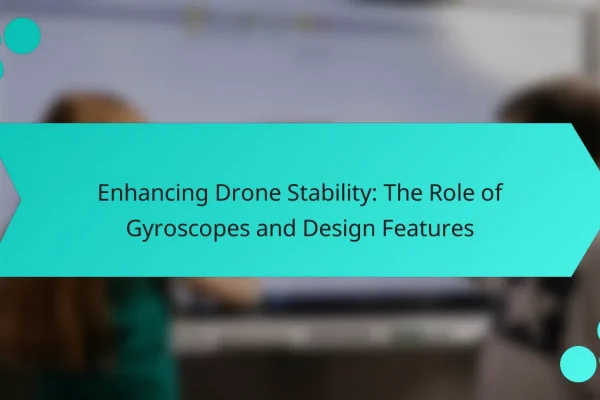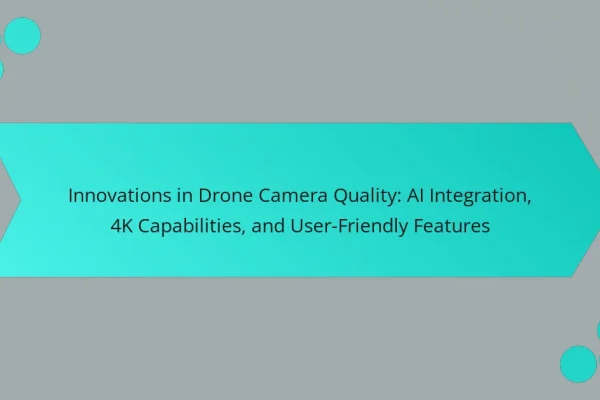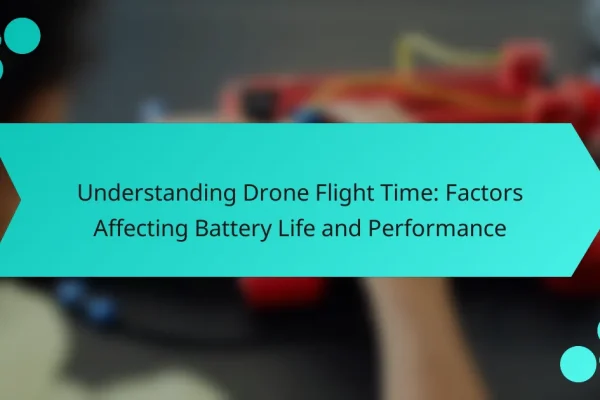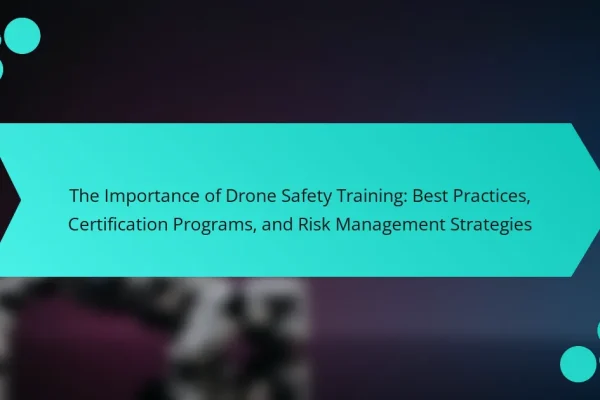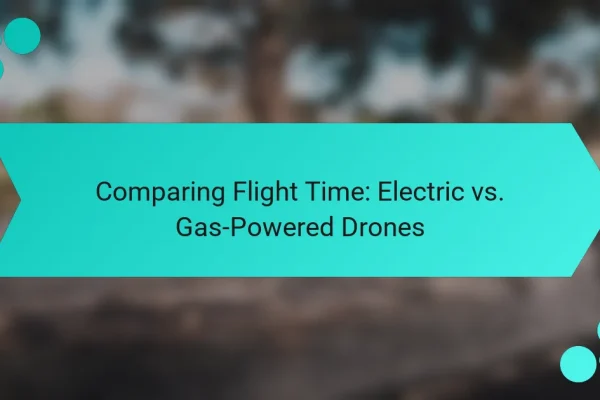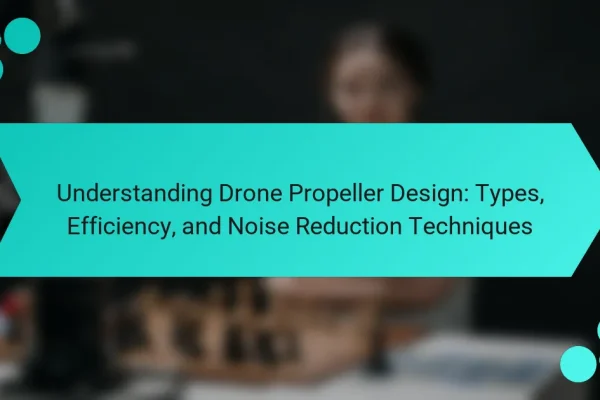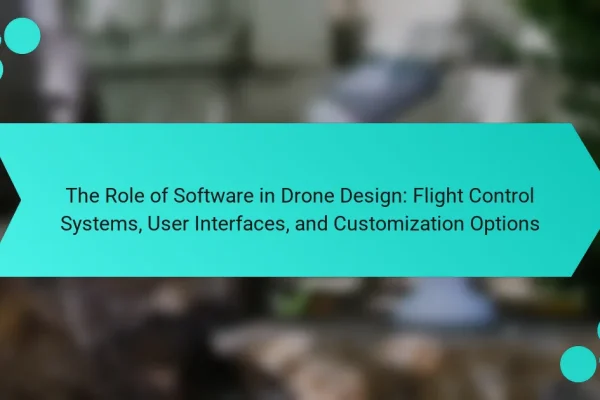
The Role of Software in Drone Design: Flight Control Systems, User Interfaces, and Customization Options
What is the role of software in drone design? Software plays a crucial role in drone design by enabling flight control systems, user interfaces, and customization options. Flight control software manages the drone’s stability and navigation. It processes data from sensors to adjust the drone’s movements in real-time. User interface software allows operators to interact…
